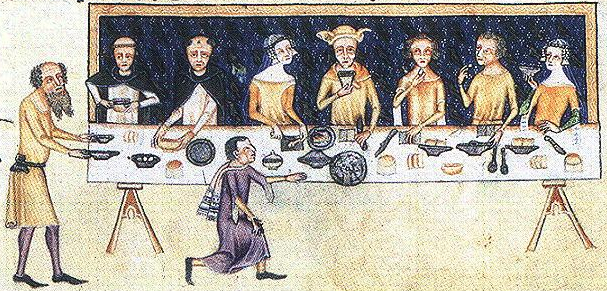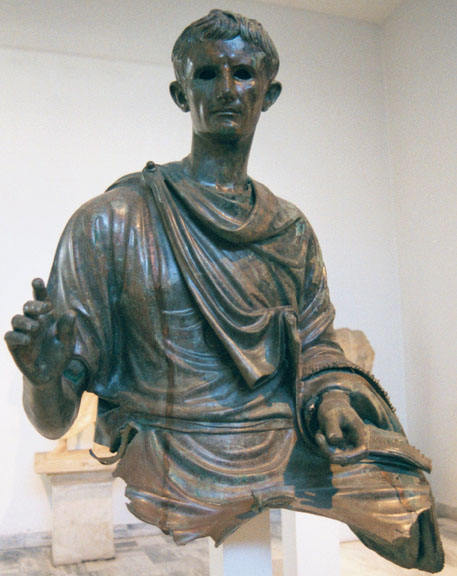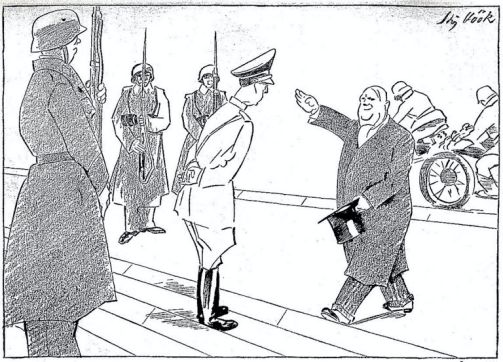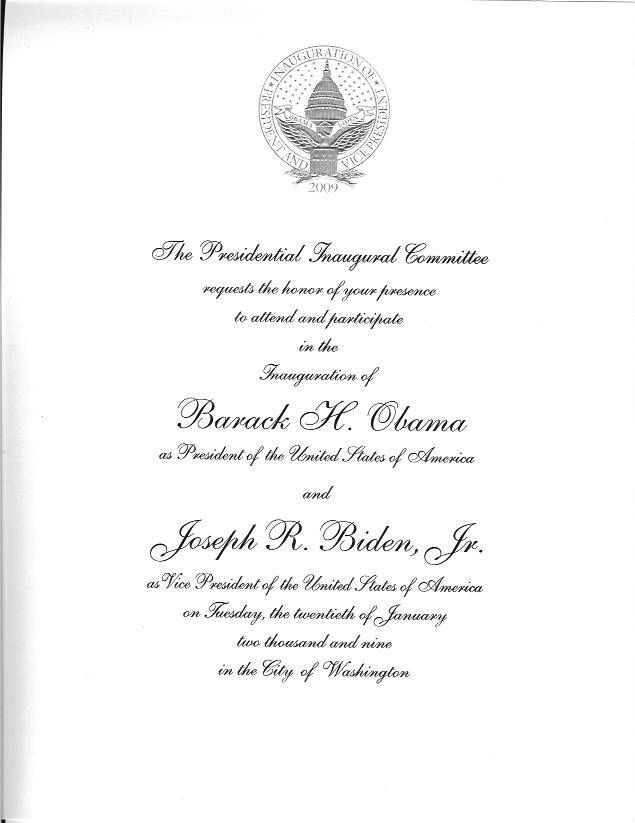The debate these days among the econ-con pundicrats
might be personified as a proxy-by-posse duel betwixt two demigods of the 1920's and 30's, Irving Fisher --

vs J.M. Keynes --

-- a duel in the sun between the patron saint of direct and borrowed gubmint expenditures,
and the wizard of Flatlandian monetary magic.
We all know about Keynes and his liquidity trap, right?
Well, be prepared now to meet and greet doctor
Irving Fisher, eugenicist, preacher's boy,
and diet nut, father of a self-reported
"both new and important" deflation debt
dive bomb theory of depressions.
Two sides of the same coin? Are they both
about the flaw at the core of a private
credit based economy?
Not exactly -- there's enough difference between
'em to muster loudly opposing factions
for today's great policy moment:
Uncle as direct buyer of first resort
for lots of real neat green stuff,
vs. Uncle as buyer of last resort for all
things figmentary and toxic.
Put that way, it sounds obvious who's the
heel and who's the babyface. But not so fast,
comrades.
Both men's models were designed in, by, and
for the great depression.
But by the time the war to end depression
had subsided into a cold peace,
Keynes and his "theory" were king of the planet,
whereas Fisher, though home-grown and,
in the roaring 20's, every bit as much of a
superstar as Keynes
(and a pro-business, anti-labor superstar
to boot) found his rival paradigm largely
unattended-to, not only in academia, but in
leading American policy circles as well.
Up and down the line, it was Keynes' century,
and so it remained, all through the Harry, Ike
and Jack years. In fact, the triumph of Keynes
and his postwar Hicksite followers
was so complete by the time of LBJ and RMN --
in other words by amok time -- that
even the Chamber of Commerce had its version --
though de-balled -- of Keynes.
"We're all Keynesians now," dear old Dick once
glowered to the press.
By the high 60's, fiscal deficits
had become the universal Rx for the
system's mild macro slumps.
Credit policy was left to the pinch-nosed,
green-eyeshade guys, while the likes of Paul
Samuelson and Jim Tobin
carefully calibrated the nation's optimal federal
deficits.
But Fisherian deflation theory, with its starring
role played by the monetary authority,
arrived or re-arrived back on the scene --
albeit as a late entrant after the kook-krieg of
flame fanners and zoo-doers --
and Irv was a major beneficiary of the highly
successful anti-Keynesian, anti-fiscalist
campaign touched off by the deadly bottom-line
events of the late 70's. Stagflation!
The Waterloo for Keynes and his borrow-to-spend
formula. And particularly during the Reagan salad
days, a new macro mindset triumphed -- despite
the evidence at hand, i.e. the economy roaring
out of the 82-83 contraction, prolly more from a
Keynesian huge deficit run and military buildup
than through Kodiak Volcker's final removal of
the figure-four credit lock he'd applied back
in '79. But that's another story.
In retrospect, it would seem that the
immiserating events of the failed Carter
crusade had told an eternal truth:
larger fiscal deficits as attempts
to tune up job markets ultimately lead to
uncontrollable wage-price cyclones.
Cyclones like the ones that blew apart
the late 70's also blew apart the city
of light that Johnny K's acolytes were
attempting to build in postwar America.
The day of the money-base loons had
arrived, and with them came the retreat
of the Keynesians into post-Keynesians.
Like monks in Ireland, they kept the
candles of truth burning -- ahh,
maybe with a bit of twist to 'em,
I must admit.
The new respectable macro science found Fisher.
So what was Fisher's angle? His starchy Yankee
values were repelled by handouts and confiscatory
transfers, and building public pyramids in the
wilderness, so he looks on first view like a nice
antidote to the flippant gay British free-lunch
advocate.
In the dark days of the depression,
doctor Fisher, looking out his Yale office
window at a misery visible, like any good
scientist, tried to find a way to reconcile
his deepest disciplinary prejudices with what
he observed around him.
The unorthodox virulence of the great contraction
had shattered his boundless high spirits.
After some false starts and fad fancies,
our man, in a moment of clarity, built a simple
model of explanation that -- worked.
He kept his model of the "real economy",
the market-based production system, intact,
but he constructed a new addition to his overlying credit system.
Short course:
Left to the whims and vaguaries of the unfettered
market systems, both credit and production,
any rapid accumulation of excess unsustainable
private debt will lead inevitably to a period of
"realization" and subsequent panic and crisis.
And that leads on to massive asset liquidation,
and from there we go into a protracted grinding
deflation, a downward spiral where our already
burdensome debt loads become ever heavier as prices
and incomes and outputs fall,
and consquently defaults grow ever bigger and spread
ever wider.
Okay. So that's kinda kool. On rediscovery, who do
you think became the number-one fans of this Fisher
deflation model?
Ten years ago, that would be hard to pick. You
got folks all the way from Krugman on the white-hat
side, to Taylor on the black to pick from.
But now, after all the swanning-about of the hi-fi
credit system these last dozen years or so,
paleo-Keynesians have sallied from the Ivy
towers to do battle with the monetary macro-uber-alles
crowd -- often, as in Krug's case, the paleos are
reborn post-Keynesians. And all this, of course,
gets muddled by the multitude of shallow syncretists
attempting to blend the two sharply opposed equestrian
schools into a common camel jaunt.
At one pole you got yer Fisherian policy camp calling
for maximum balance sheet actions,
versus those dauntless paleo-Keynesians
calling for maximum infrastructure-building, benefit-extending,
state-budget-boosting by means of federal budget busting, etc.
The credit economy vs. the production economy?
Bankers vs hard hats?
Ah, if it were such a simple choice:
Scrooge or the union kulaks --
who would not know which side to be on?
But my friends, both sides dance inside the
circle of doom.
Stay tuned.



















 Lets call it the Dumbbell Axis -- the Jewish State as one bell and "Hindia" as the other.
In the ongoing struggle to make the whole planet safe for limited liability corporate settlement, these two are Big Sam's best sidekicks.
Lets call it the Dumbbell Axis -- the Jewish State as one bell and "Hindia" as the other.
In the ongoing struggle to make the whole planet safe for limited liability corporate settlement, these two are Big Sam's best sidekicks.















